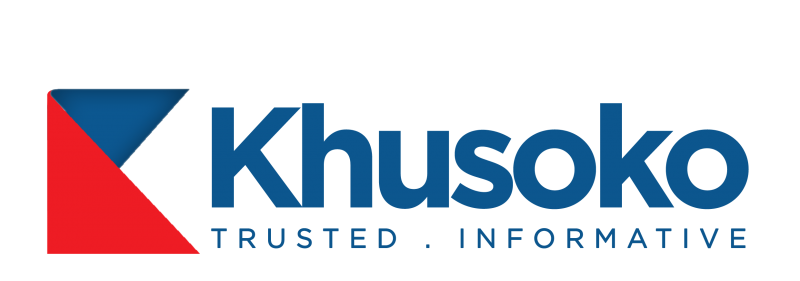This overhaul aims to address inefficiencies and align with Kenya’s digital transformation agenda and the National Education Sector Strategic Plan (NESSP) 2023–2027.
KEMIS will begin its pilot phase in July 2025, with full implementation targeted for September 2025.
“This is a golden opportunity to unify our education data systems. KEMIS will cover the entire education system from ECDE, TIVET, and higher education up to research. It will integrate all our education system, including all our schools, colleges, and sub-county directors of education,” Basic Education Principal Secretary Julius Bitok said during a stakeholder forum at the Kenya Institute of Curriculum Development (KICD).
Julius Kibiwott Melly, chairperson of the Parliamentary Education Committee, highlighted NEMIS’s challenges, noting that some students, particularly in polytechnics and universities, were not captured. “KEMIS will create a one-stop data platform, addressing issues like those affecting the new university funding model,” Melly stated.
Background and Challenges with NEMIS
Introduced on July 31, 2017, NEMIS aimed to centralize data for students, teachers, and institutions, using Unique Personal Identifiers (UPIs) to track learners and ensure efficient resource allocation.
Its goals included eliminating ghost schools, preventing inflated student numbers, and enhancing transparency in education planning. However, NEMIS faced significant challenges:
- Data Inaccuracies: Incomplete or unreliable data, often due to schools failing to update records, led to issues like inflated student numbers for higher capitation funds, causing surcharges or missed disbursements.
- System Inefficiencies: Headteachers reported difficulties capturing students, especially those over 18 or lacking national IDs, impacting resource allocation and the new university funding model.
- Fragmented Systems: NEMIS operated alongside separate systems like TVET-MIS and HEMIS, hindering comprehensive data integration.
- Technical Barriers: Reliance on internet connectivity posed challenges in remote areas, while the Auditor General flagged unclear ownership of the re-engineered NEMIS (costing Ksh 239 million) and data integrity issues, such as unexplained record changes.
- User Frustrations: Slow data submission processes saw only 10% of schools upload the required data for the National Education Census by June 2024. Public sentiment on X questioned the need for a full overhaul, citing government inefficiencies.
KEMIS: Features and Objectives
KEMIS is designed as a centralised, user-friendly platform to overcome NEMIS’s limitations and meet modern educational demands. Its key features include
- Integrated Database: KEMIS will consolidate data from ECDE, basic education, TVET, and universities, replacing fragmented systems. Linked with Civil Registration Services and the National Registration Bureau, it will assign a lifelong UPIS from birth for seamless tracking.
- Enhanced Accuracy and Transparency: Real-time reporting will prevent manipulation of capitation funds (Ksh. 22,244 per secondary student annually) and ensure equitable resource distribution. Penalties for falsified data will maintain integrity.
- Data-Driven Decisions: KEMIS will support planning, policy formulation, and resource allocation, aligning with the Competency-Based Curriculum (CBC) and the new university funding model.
- Improved Accessibility: Accessible across devices with two-factor authentication, KEMIS will include user training to ensure adoption, especially in remote areas.
- Data Security: Integration with secure government databases will address privacy concerns and comply with data protection regulations.
- Digital Infrastructure: Leveraging Kenya’s wired and wireless networks, KEMIS will benefit from ongoing efforts to improve last-mile connectivity.
Multiagency Team and Stakeholder Engagement
A 15-member multiagency team has been unveiled to drive its development:
- State Agencies: Ministry of Education (lead), Ministry of ICT, Civil Registration Services, and National Registration Bureau.
- Development Partners: Potential support from organisations like the Global Partnership for Education.
- Technology Providers: For system design and hosting.
- Educational Stakeholders: Kenya Primary School Heads Association, Kenya Heads of Secondary Schools, Vice-Chancellors’ Committee, and the Kenya National Union of Teachers.




